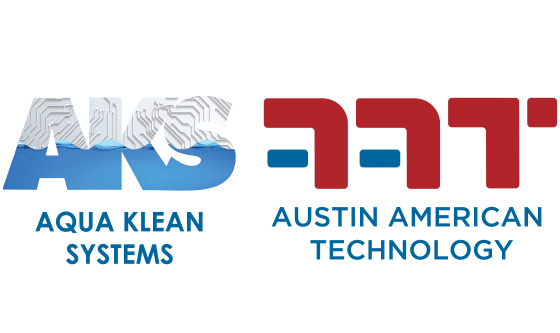Mike Bixenman
Kyzen CorporationNashville, TN, USA
Optimizing Batch Cleaning Process Parameters for Removing Lead-Free Flux Residues on Populated Circuit Assemblies
Steve Stach
Austin American TechnologyAustin, TX, USA
Abstract
Innovative electronic assembly designs strive to increase functionality over smaller surface areas. Highly dense circuit assembly designs increase the cleaning challenge. Understanding the balance between static chemical and mechanical driving forces is fundamental to predicting and optimizing process variables. The objective of this research is to improve the science of cleaning under low standoff components. The research will encompass three designed experiments to study nozzle designs, test simulations, and verification in industry standard cleaning equipment. Phase I of this research studies nozzle design cleaning effects for penetrating and removing flux residue under low standoff components. The nozzle cleaning effects were studied using a Cleaning Analyzer Recording Lab that provides video evidence of six different nozzle types. In this study, two industry suppliers with the cooperation of industryexperts at Lockheed Martin seekto understand impingement and fluid flow effects for penetrating and removing flux residue under low standoff components. The testing was done on glass substrates that were bumped using anisotropic epoxy. Glass die were placed over the die. High solids flux residue was dispensed and reflowed using a ramp to spike Pb-free profile. The test simulations were videoed to learn the fluid flow characteristics required to penetrate and remove flux residue under low standoff components.
Background
For many years the electronic assembly industry neededa cleaning test platform to measure improvements in the cleaning process. Until now, engineers caravan from cleaning equipment and chemistry supplier’sapplication labsto testvarious options to understand what it takes to clean their most challengingassemblies. Application testing labs are an excellent resource, but may be limiting since it is difficult to test a wide range process variables that influence the process cleaning rate. Equipment designs have different spray patterns, wash section lengths, pump configurations, and pressure differentials.The objective of spray-in-air batch and in-line cleaning systems is to reduce time by engineering fluid displacementthat maximizes the physical energy delivered at the surface to be cleaned. An optimized cleaning system delivers the necessary chemistry and energy to clean the most difficult and sensitive areas, at a rate that will meet the process time requirements using minimal chemical energy and floor space consumption. The research design provides customers with a platform for understanding the influence of process variables.Which nozzle configuration works best at removing residues under low standoff components? Is it a combination of flow and high pressure or will some other nozzle configuration work better? What is the best cleaning fluid and concentration required? How longdoes the part need to be positioned in the wash section? What influence does fixtures have on part cleaning? What is the temperature range required? What influence does upstream processing have on the cleanability of the assembly? Many variables influence the process cleaning rate. Accurately testing and simulating the optimal parameters allows customers to accurately specify equipment design and options. Additionally, the platform allows customers to evaluate cleaning fluids to select the material that best meets their needs.
